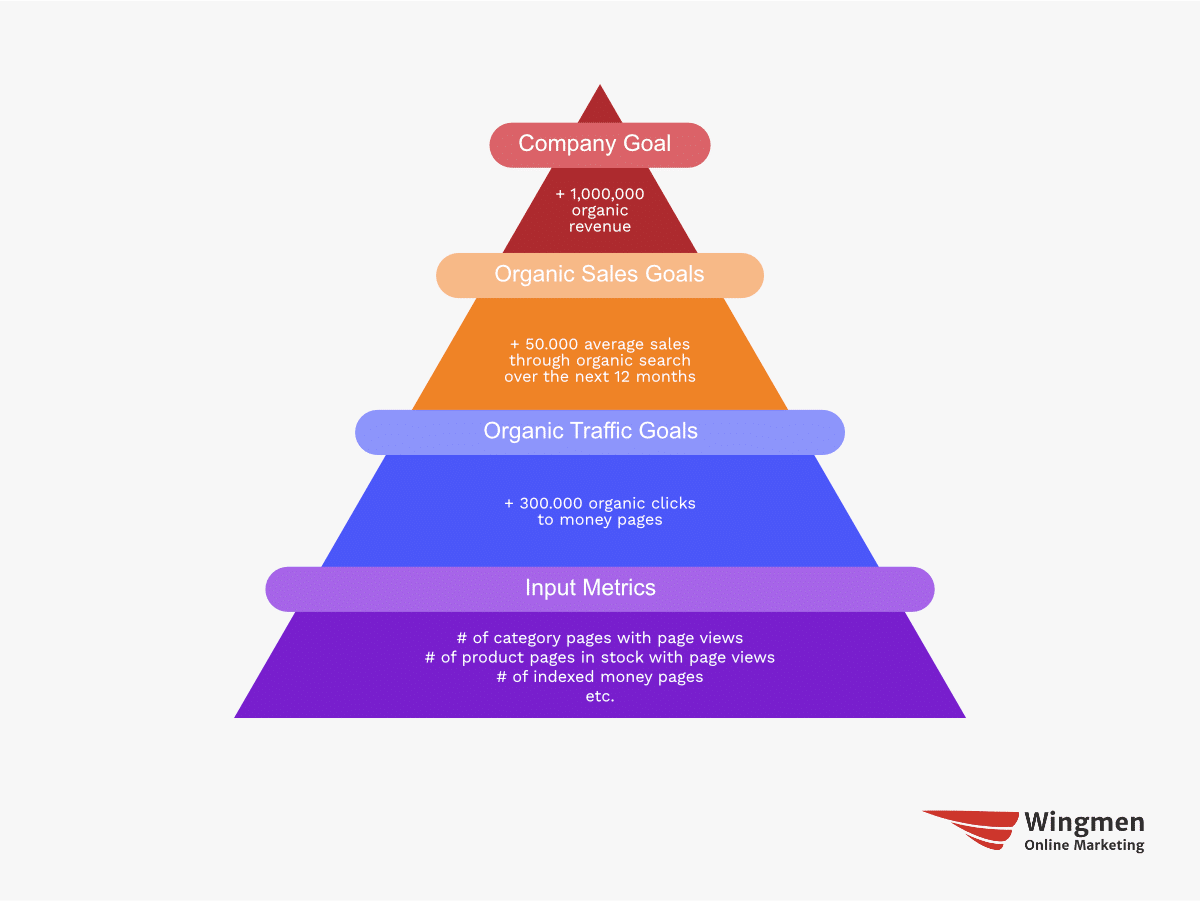How to get more of what you want in SEO

It’s rare that you always get what you want in life.
As SEO professionals, we all know the sheer pain of not having enough resources because “others are not understanding the value of SEO.”
You can’t win all the time. But, often, we lie to ourselves.
It is not that the other side is wrong but that we are not doing a job that is good enough.
You will not improve your position by seeing yourself as a victim.
You need to break out of this cycle of learned helplessness.
Dale Carnegie wrote this in 1936:
“Do you know someone you would like to change and regulate and improve? Good! That is fine. I am all in favor of it. But why not begin on yourself? From a purely selfish standpoint, that is a lot more profitable than trying to improve others – yes and a lot less dangerous.”
To get more of what you want in SEO, you need to change yourself.
The common denominator here is communication.
We are great at everything SEO and bad at dealing with people. This article will help you overcome this problem.
If you are short on time, here are the takeaways:
- Derive SEO goals from company goals and use input metrics, not just output metrics.
- Deliver a hot story of how SEO helps achieve company goals, not just ice-cold statistics.
- Sell SEO as growth, not marginal optimization.
- Improve your communication skills, not your SEO skills.
- Work with others in united clockwork, not isolated silos.
- Make SEO easy and uncomplicated, not nerdy, esoteric and too complex.
To do anything in SEO, you need two things:
- Buy-in.
- Budget/resources.
To get both, you need to show that you understand how the business works and how SEO will impact it. Then, tell the right story and reframe how you sell SEO.
Company goals > SEO goals: Get in line and leverage input metrics to get more buy-inI see SEO failing most often due to a lack of execution and throughput. Why does this happen?
There is a severe lack of understanding of SEO’s value. But it’s not that other people are stupid. Instead, it’s that we are not doing a good enough job communicating this value.
Adam Goyette hit the nail on the head with this statement:
- “The problem isn’t that your CEO ‘doesn’t get marketing’ as many marketers love to lament. The problem is they care about how marketing is impacting revenue and you are making that impossible to understand or even worse hiding from it.”
You need to show that you understand what the company wants. Then, you must demonstrate to the company how organic search can help to achieve that.
The solution: Derive SEO goals evidently from business goals.
For example:
- The company needs to reduce paid media costs.
- As a result, the goal is the same amount of paid media revenue ($1 million) but in organic revenue, so about 50,000 average sales.
- SEO can help achieve that goal by:
- Getting a certain number of leads/sales deducted from existing numbers.
- You will need 300,000 organic page views to money pages (old and new).
- To get there, we need to meet more market demand (keyword coverage).
- As a result, we need to have more category/product pages, sales enablement content, etc.
- To create these pages we need writers, designers and developers.
- This will cost us $100,000.
 Graphic inspired by Alexander Rus and his presentation at SMX Munich.
Graphic inspired by Alexander Rus and his presentation at SMX Munich.
Going from business goals to SEO goals to input metrics is a concept made famous by Amazon and covered in the book “Working Backwards.”
In brief, instead of reporting only on output (something you cannot influence directly), you derive metrics that, when increased, influence the output.
Amazon, for example, started with a number of product detail pages.
Input metrics often need to be refined over time because you will not always find the best denominator immediately.
Amazon refined the metric to the number of product detail page views because a product page no one sees is a product page no one needs.
This was again refined to the percentage of product detail page views but only counting when products were in stock.

